In the realm of construction materials, few technological innovations have had as profound an impact as the stone crusher. These powerful machines, capable of transforming solid rock into a range of aggregates, have become the backbone of the modern construction industry. However, to truly unlock the full potential of stone crushers, it is essential to understand the key performance parameters that drive their efficiency and effectiveness.
In this comprehensive exploration, we will delve into the intricacies of stone crusher performance optimization, examining the critical factors that must be considered to ensure these machines operate at the peak of their capabilities.
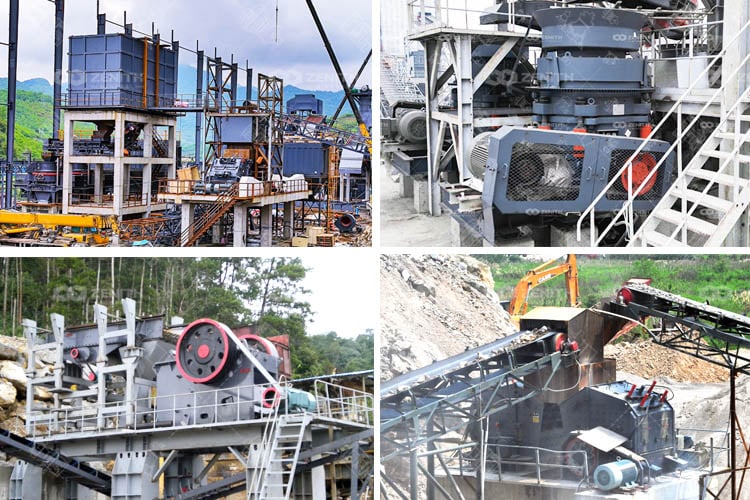
At the heart of any stone crusher lies the crushing chamber, the dynamic epicenter where the raw material is transformed into the desired end-product. The design of this crucial component is a delicate balance of form and function, with a myriad of factors influencing its performance.
One of the primary considerations in crushing chamber design is the profile of the crushing surfaces. The shape and arrangement of the fixed and movable jaws, cones, or hammers directly impact the way the material is broken down, affecting factors such as throughput, particle size distribution, and energy efficiency.
Optimizing the crushing chamber design involves thorough analysis and testing to determine the ideal geometry, material selection, and clearances between the crushing surfaces. By fine-tuning these parameters, engineers can enhance the crusher's ability to effectively fracture the stone while minimizing the generation of undesirable fines or oversized particles.
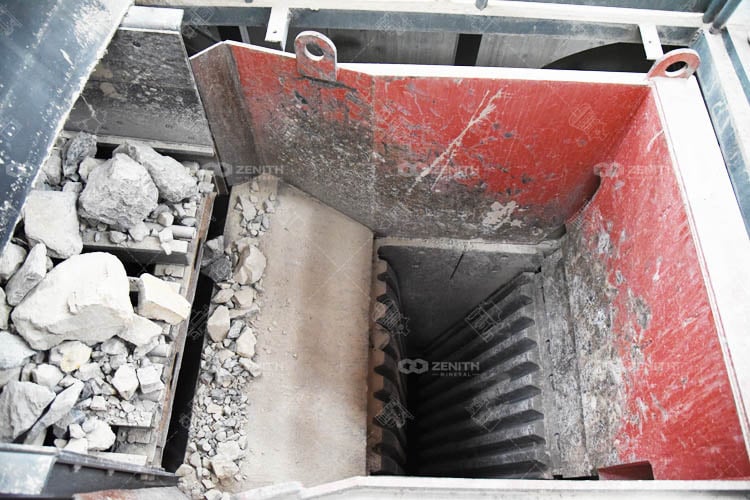
The size and gradation of the material fed into the stone crusher can have a profound impact on its overall performance. Ideally, the feed should be within a specific range that maximizes the crusher's efficiency and throughput, while also ensuring the desired output particle size distribution is achieved.
Factors such as the crusher's design, power rating, and operating parameters all play a role in determining the optimal feed size. Too large or too small of a feed can lead to poor utilization of the crusher's capabilities, resulting in reduced productivity, higher energy consumption, and increased wear on critical components.
To address this challenge, many stone crusher operators employ strategies such as pre-screening the raw material or using multiple-stage crushing systems to ensure the feed is consistently within the optimal range. By carefully managing the feed characteristics, operators can unlock significant improvements in crusher performance and product quality.
In the case of impact crushers, the design and rotation speed of the rotor assembly are crucial factors in determining the machine's overall performance. The rotor is responsible for imparting the kinetic energy that shatters the incoming material, and its configuration can have a profound impact on the particle size distribution, throughput, and energy efficiency of the crusher.
Optimizing the rotor design involves considerations such as the number and arrangement of the impact hammers or anvils, the rotor diameter, and the clearance between the rotor and the crushing chamber. By carefully balancing these parameters, engineers can ensure that the material is subjected to the optimal amount of impact force, leading to consistent and predictable product quality.
Additionally, the rotation speed of the rotor plays a significant role in the crusher's performance. Higher speeds can increase the energy imparted to the material, leading to more efficient size reduction. However, excessive speeds can also result in increased wear on the rotor and other components, as well as potential safety concerns. Finding the right balance between rotor speed and durability is essential for maximizing the crusher's efficiency and longevity.
As with any heavy-duty machinery, the proper maintenance and lubrication of a stone crusher are crucial for ensuring optimal performance and longevity. The crusher's moving parts, such as bearings, gears, and eccentric shafts, require a consistent and reliable supply of lubricants to minimize friction, heat, and wear.
Selecting the appropriate lubricants, based on factors such as operating temperature, load, and environmental conditions, is a critical step in maintaining the crusher's efficiency. Regularly scheduled oil changes and filter replacements can help prevent premature wear and reduce the risk of costly breakdowns.
In addition to proper lubrication, the timely replacement of wear components, such as liners, hammers, and jaws, is essential for maintaining the crusher's performance. These parts are subjected to intense stresses and abrasion during operation, and their gradual deterioration can lead to decreases in throughput, product quality, and energy efficiency.
By implementing a proactive maintenance program and closely monitoring the condition of wear components, operators can ensure that their stone crushers continue to operate at peak performance, maximizing productivity and minimizing downtime.
In the modern era of advanced manufacturing, the integration of process control and automation technologies has become a key factor in optimizing stone crusher performance. By leveraging real-time data, sophisticated algorithms, and intelligent control systems, operators can fine-tune the crusher's operation to adapt to changing feed conditions, maintain consistent product quality, and optimize energy consumption.
Optimizing the performance of a stone crusher is a multifaceted endeavor, requiring a deep understanding of the machine's design, operating parameters, and maintenance requirements. From the intricate details of crushing chamber geometry to the integration of advanced automation technologies, each element plays a crucial role in unlocking the full potential of these remarkable machines.
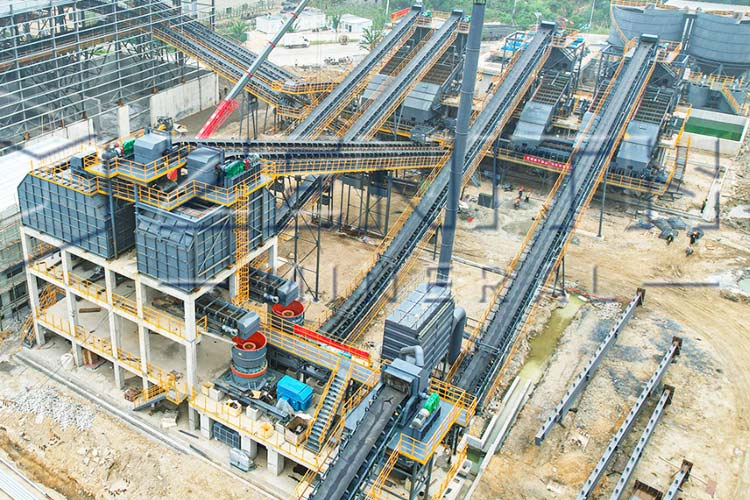
Stone crushers are machines designed to reduce large rocks into smaller rocks, gravel, or rock dust. They are commonly used in the mining, construction, and recycling industries.
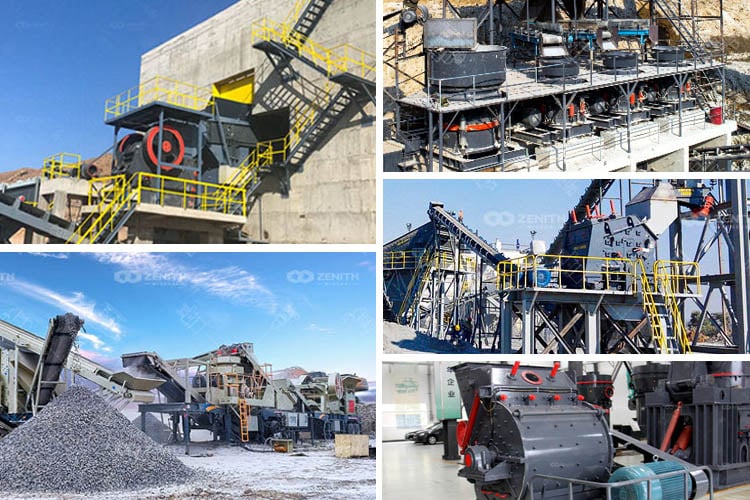
Stone crushers can be classified into several categories based on their design and application: jaw crusher, cone crusher, impact crusher, hammer crusher and mobile crusher.
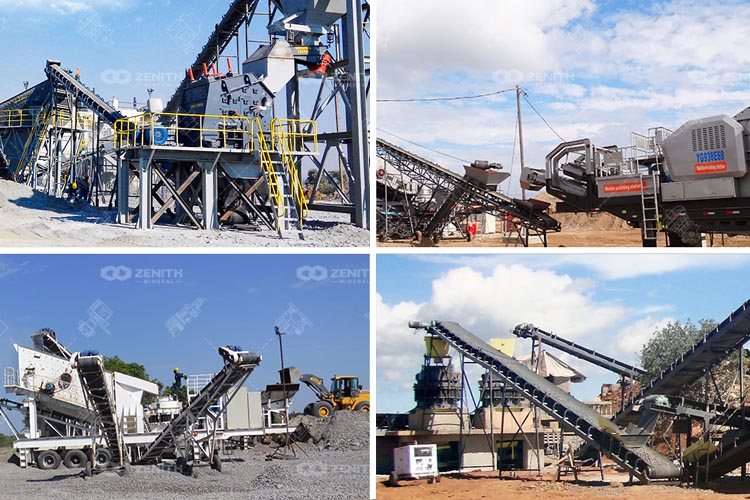
The price of stone crusher machines can vary significantly between countries due to factors like local manufacturing, taxes, transportation costs and currency fluctuations.
Fill your requirements here, and we'll send the custmized solution and quotation to you by the reserved contact information.